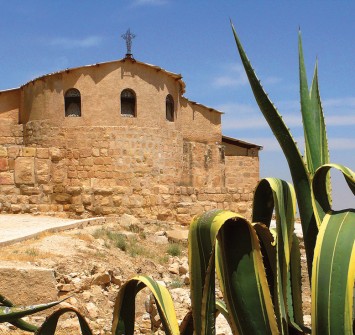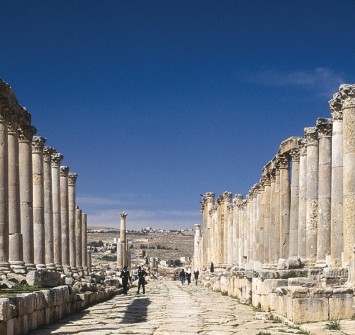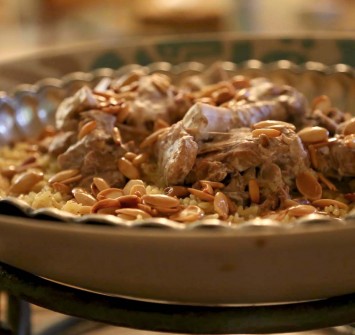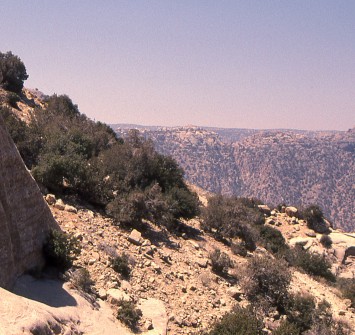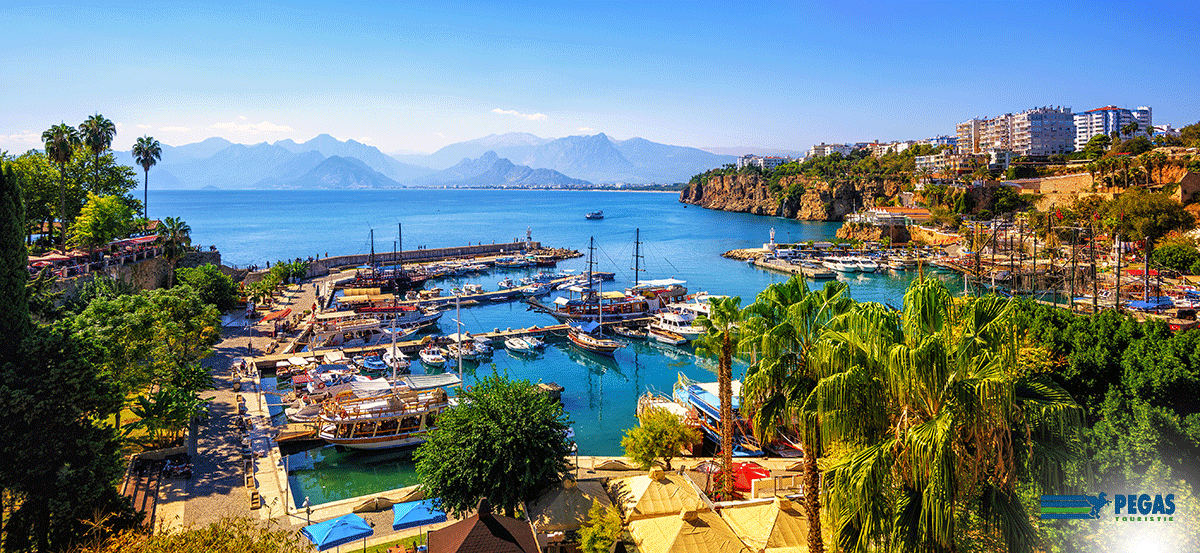Under Roman control for four centuries, Jordan’s Roman heritage makes up an integral part of the country’s history since 63 BCE and the conquest of Pompey.
Although much of the evidence of the Roman rule has long been ruined and replaced, today there still stand a handful of fascinating sites that still recall the time of the Roman Empire in Jordan. Perhaps the largest and best preserved of these sites is the ancient Roman city of Jerash which was one of the greatest provincial cities in Rome’s empire and has been described as the best preserved sites of Roman architecture outside of Italy. Colonnaded streets, amphitheatres, bath houses, grand plazas and arches can be seen in excellent condition within the remaining city walls of Jerash, making the site one of Jordan’s most popular destination for visiting tourists.
Further afield in the Northern most point of the country near the city of Irbid, is the wonderfully atmospheric ancient Greco-Roman town of Umm Qais. With spectacular views across Lake Tiberias and the Golan Heights, Umm Qais was once a popular holiday hot spot for the ancient Romans. Today a considerable part of the city has survived including the original Roman amphitheatre, an impressive colonnaded street which was once the town’s commercial centre and the remains of the great Basilica, a mausoleum, a hippodrome and public baths. Nearby Pella, with its widespread Roman ruins and evidence of 6000 years of human settlement, has also long been a popular site of historical importance – and its location in the lush green Jordan Valley makes it a particularly pleasant place to visit in spring.
Once one of the ten cities that made up the famed Decapolis, the Jordanian capital of Amman is not without its Roman treasures. Many tourists to the capital don’t leave without first visiting the ancient Roman amphitheatre of Philadelphia – a magnificently restored three-tiered theatre built in the 2nd century AD during the reign of Antoninus Pius (AD 138–61).



